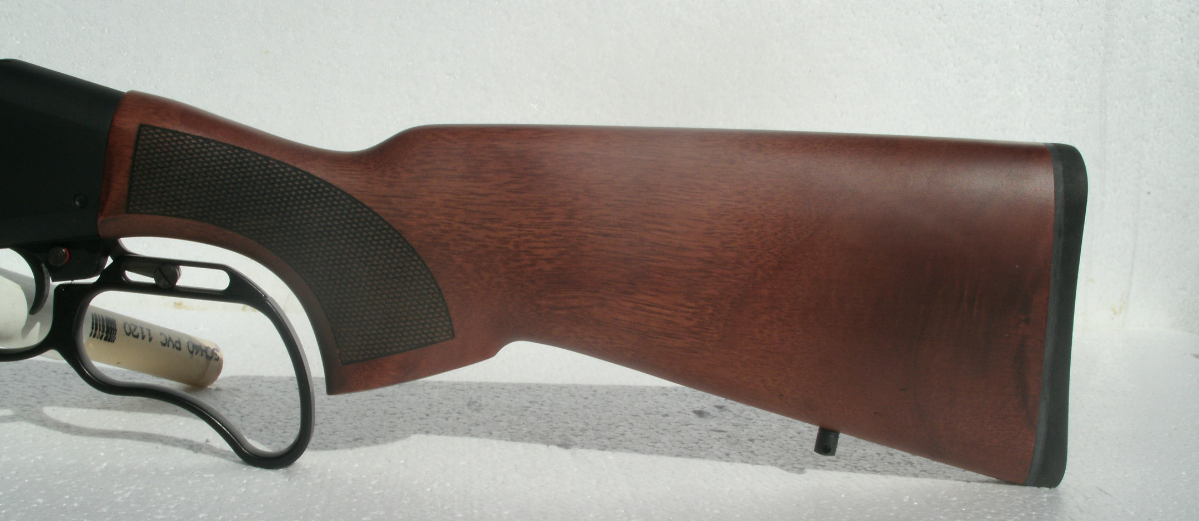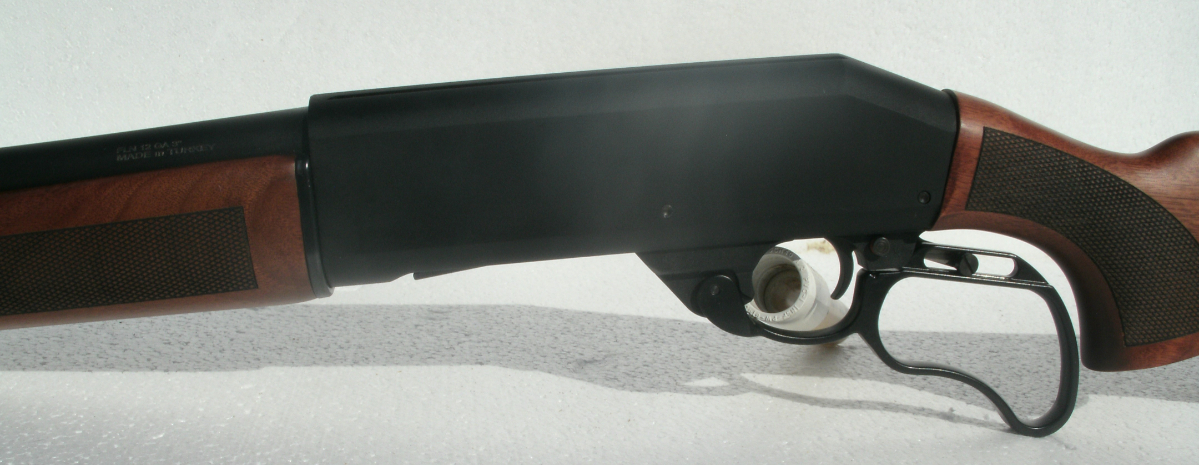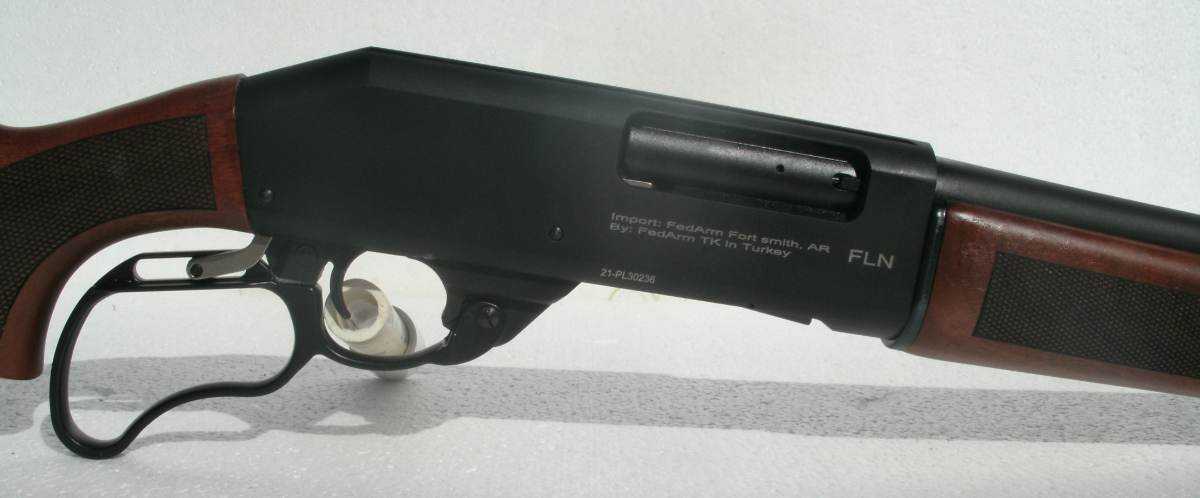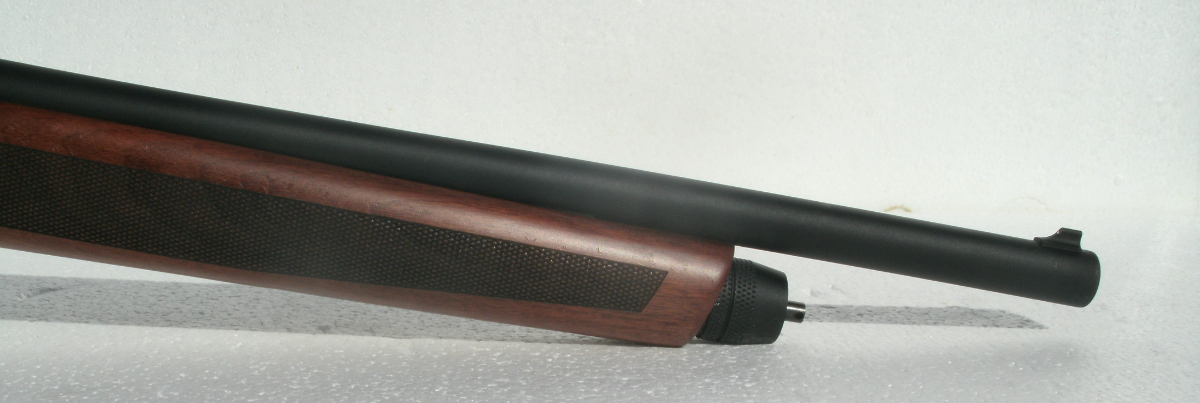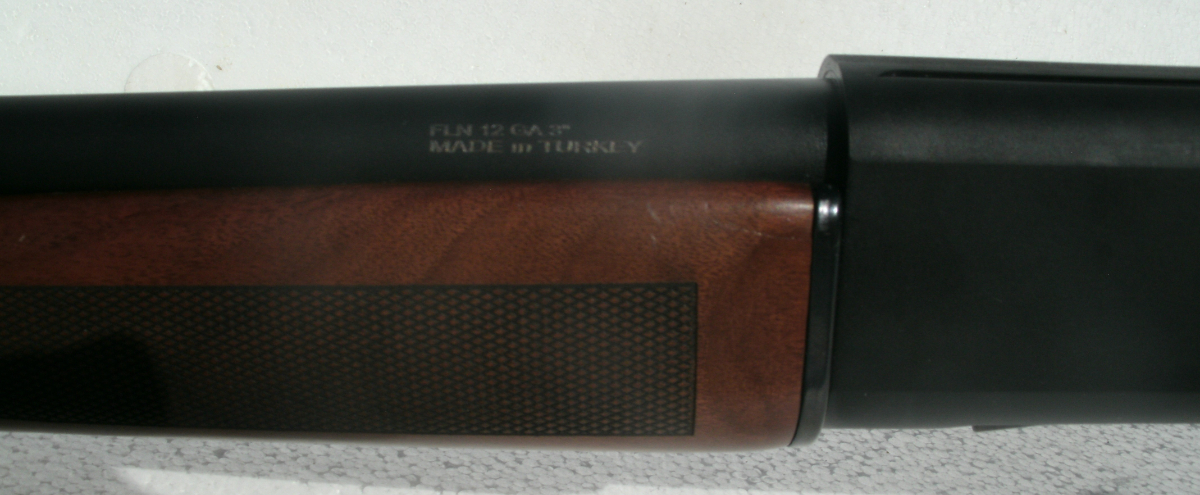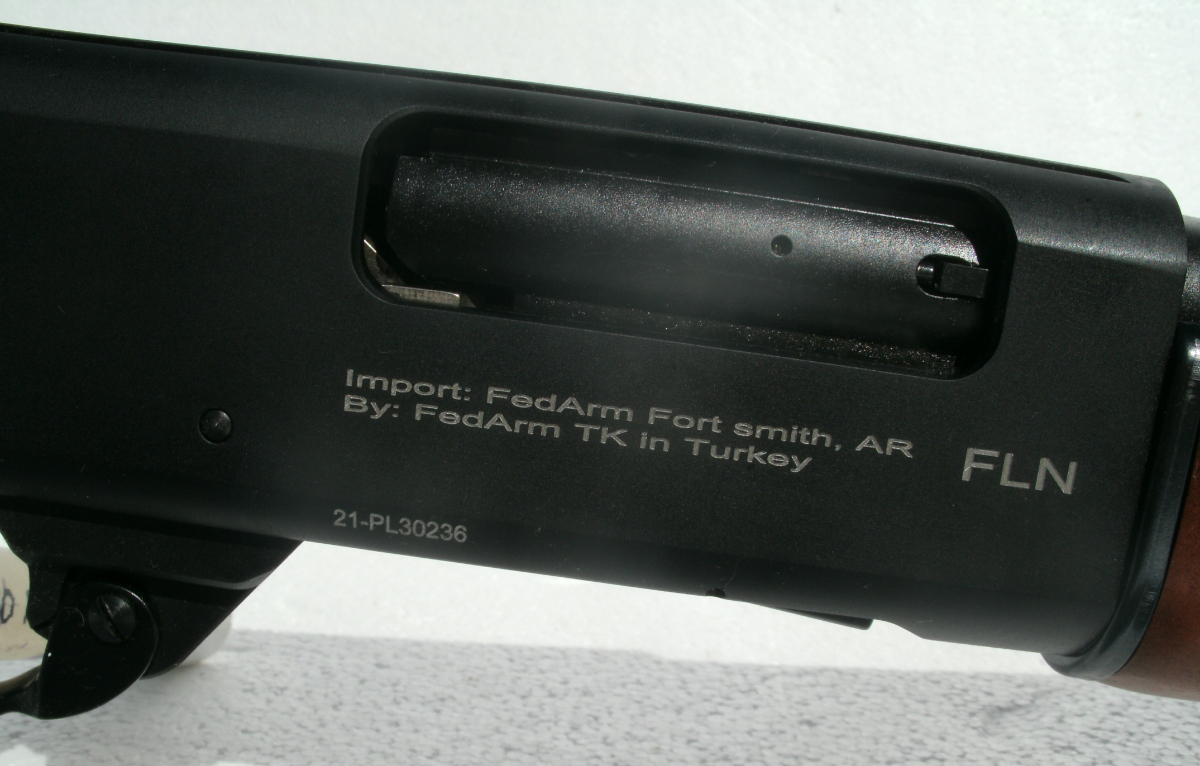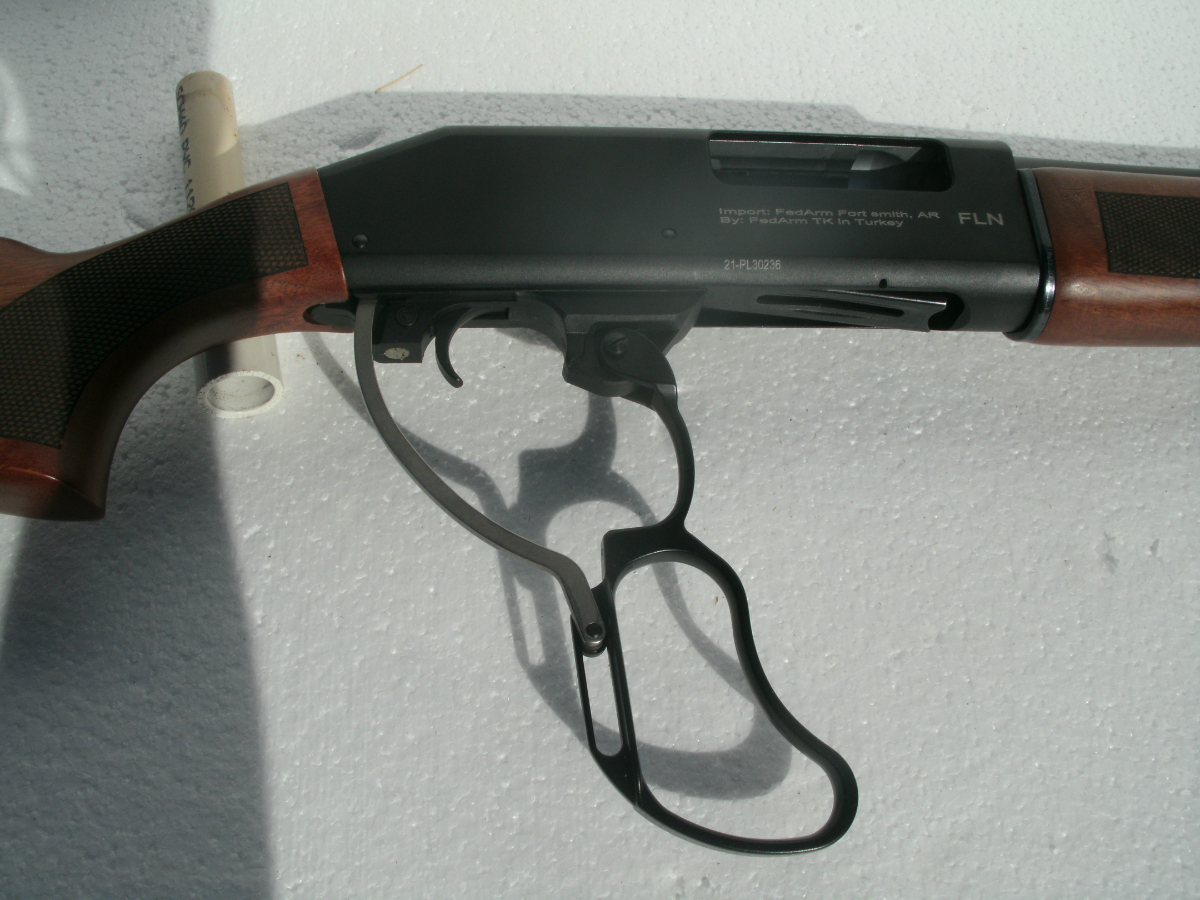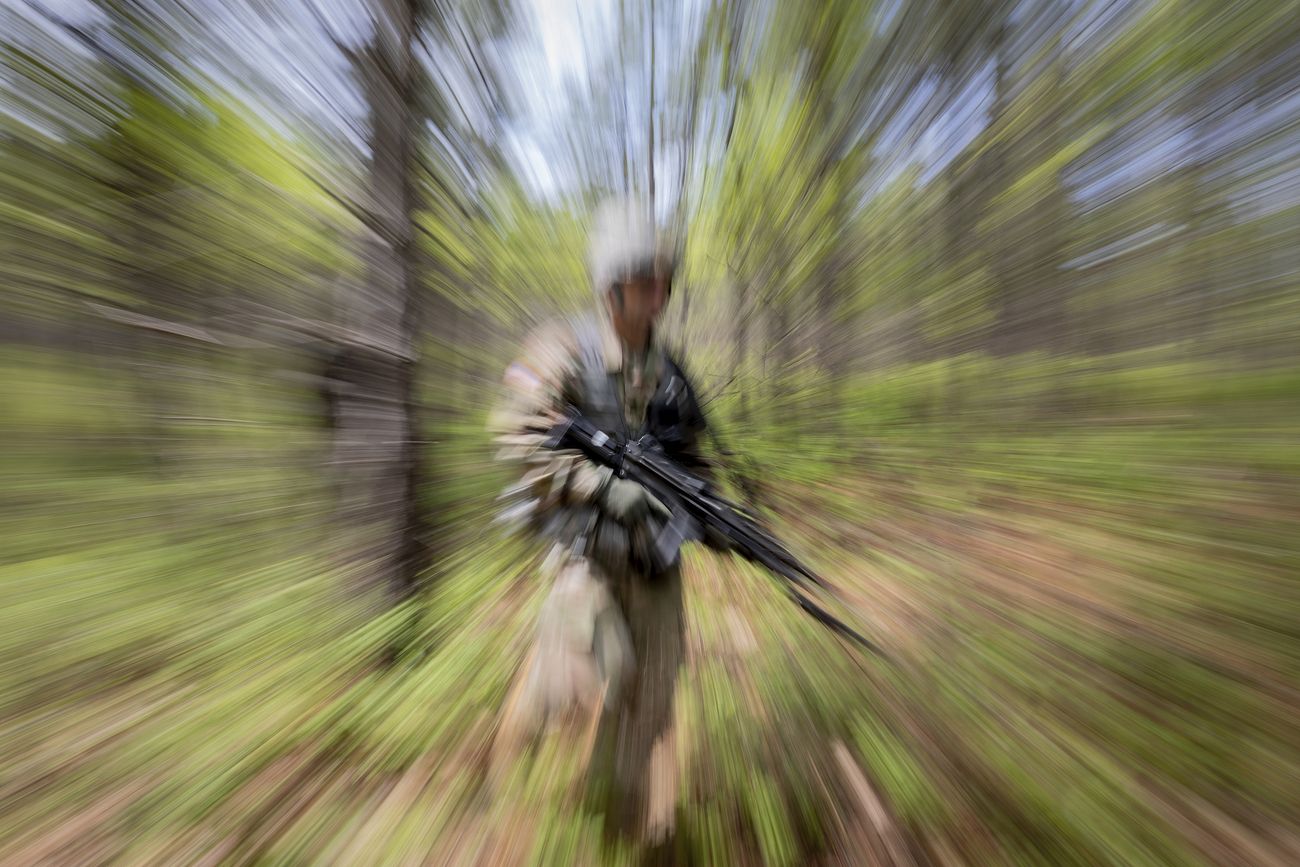I don’t want to be a battalion commander. I don’t want to be a brigade commander. I don’t want to command anything, ever again.
For an Army officer to say, this is well nigh on heresy. I nearly expected George C. Marshall himself to descend from his lofty throne on Mount This We’ll Defend and smite me down with his Army Strong Scepter as I typed those words. As officers, we are taught from our very beginnings as second lieutenants that battalion command is the end-all goal of our careers. And I believed it, too. I wanted it.
I wanted to wear the silver oak leaves and receive the colors from my brigade commander, seeing all the campaign streamers and unit awards, and knowing that was entrusted to me. That weighty responsibility, all in my hands. And then, I could make positive changes in soldiers’ lives. We could make the Army fun again. My staff and I, we could cut through the BS and show soldiers that their lives in the Army didn’t have to suck. We could make a difference. I truly wanted that.
And then I had company command. Well, command(s). Like battalion command, I had yearned for company command for years. For years, people had told me, “Oh, just wait for company command, you’ll love it.” I was sure I would. Command was a privilege, not a right, I was told. Damn right, and I wanted that privilege. Like all senior lieutenants, I was champing at the bit to take the guidon and run with it. And I did. And it was a blast.
For about a year and a half.
Then the running became a slog. Then the slog became a morass. And then I began to feel like I was drowning. I was exhausted. I was tired of fighting ridiculous battles with higher echelons to do the simplest of things. I was tired of the late-night texts and the phone calls, wondering what one of the soldiers in my unit had done this time. I was tired of the endless meetings, the signatures on an infinity of forms, of constantly feeling like for every step forward, I took two steps back. I was tired of fighting personnel battles, trying to ensure soldiers got to go where it worked best for them and the Army, only to get slapped down. Of building training plans which had to be changed less than a month out because someone above me failed to plan correctly. Of receiving conflicting guidance, where somehow even the most basic things became complicated. Of constantly balancing peoples’ egos and personalities with each other. Of acting as recruiting officer and commander, simultaneously. I was exhausted.
On paper, though, we were winning. Across two line company commands, we averaged the highest retention rates in the battalion and in some years, the whole state. We did this because we treated soldiers like human beings. We treated endemic unit issues and helped soldiers get into marriage, financial, or personal counseling. We destroyed other units’ metrics in training and were rated the best company of our type in our JRTC rotation. We somehow managed to have a robust and fun training schedule during the pandemic, while keeping soldiers safe. All the training paid off when we mobilized the company in 48 hours to get on the ground in DC after January 6. We won best unit in the battalion for years running. Officers, NCOs, and soldiers got to go to their dream schools. We helped so many soldiers get full time jobs in the National Guard so they could spread their skills around and build a solid financial base. We developed good relationships with other units and I got to work with some amazing leaders. And personally, I racked up top blocks on my OER for every year of command. On paper, I was best qualified and on track for battalion command. But I was exhausted.
I knew I needed to come out of command about four months before I actually did. But there’s that thing in your head, where you think, “to be a good leader, I have to give it my everything.” There’s a vivid picture in my memory of my conversation with my battalion executive officer, where I said I needed a break…”But if you really need me to, I can do four full years,” I heard myself say. Totally not like a masochist at all, nope.
I came out of command after 3 1/2 years and as I told someone when they asked me where I wanted to go next, I said, “A dark room where no one talks to me, and I can just read some doctrine or something.” The universe – or some kindly deity – came to my rescue and got me a dream assignment that took me far out of the universe of the operational force. Someplace I could finally take a knee and breathe. It felt weird. And on reflection, I came up with a troubling realization.
I did not love my company command. God knows, I wanted to. I loved the people I worked with, but command? Naw, I’m good. Then I began to think about battalion command and my brain basically shut down. Maybe I just had nothing more to give, or maybe…maybe it held nothing for me anymore. This was an embarrassing thought and I was reluctant to share it with anyone else, because it sounds like admitting failure and weakness.
Then I began to talk to my post-command peers, from across all components of the Army and a whole slew of branches. There were people who had deployed with their companies, some had commanded basic training companies, some who had incredibly specialized commands, and others who had basic branch commands. To a person, when we talked about if we wanted battalion command, the answer was, “Naw, I’m good.” Amazingly, we’d all had very similar experiences. Successful commands, top-blocked on evals, the works; but utterly and entirely drained, disillusioned, jaded, and with no desire to move to that next rung on the ladder. Precisely because they felt like they couldn’t actually make any meaningful changes – all while being ground down and kept away from their families.
So that’s why I write this. Not to complain about the Army. This is for all those other officers out there who might be thinking that you’re the anomaly, the aberration. That something’s wrong with you. Nope, you’re pretty damn normal from what I can see.
However, it should perhaps be sounding some alarm bells for the Army. If it was just me who had been feeling this way, as I thought for a while, then that’s a “me” problem – and I have no problem admitting that. Indeed, it took me so long to write this – I’m almost two years post-command – because I wanted to make sure this *wasn’t* just me being a cantankerous, salty moron. As, you know, I have the propensity to be from time to time. As it turned out, it’s not just a me problem.
Which then leads me to conjecture, that if you have thinking, capable, dynamic, engaged, and caring officers, who are rated among the best, but who are scrambling to find their ways out of their basic branches so as to not have to compete for command…that sounds like an Army problem. And it also means that those who are competing for battalion commands are either the very best of the best (and probably superheroes, to boot), or the egotistical, non self-aware narcissists that absolutely should never lead soldiers but somehow we keep meeting them in places of authority.
If you are looking at the conclusion, here, for a solution to this problem, I regret to inform you that I do not have one. Is there a way to make command less burdensome? Probably, but that would involve reforming the culture of the Army from the top down, which I don’t think I have the brainpower or the rank to call for, let alone the digital space to quantify.
Perhaps this can begin a dialogue, however, as we discuss how we treat command. The times ahead are not getting any simpler, and we will need the most capable minds in the Army to be in the best places for them in the years to come (not mine, it’s barely capable of holding two competing thoughts in it at the same time). As we discuss talent management, this needs to be part of that conversation.
As for me, who knows – maybe I’ll change my mind as I go through my other key duty positions. But I also know that if you do not want to be a commander, you should not be a commander. There’s plenty of fulfilment in the rest of the Army for me.
And hey, if you survived command and loved it, and were good at it, and aren’t some sort of absolute psychopathic micromanager who hates their families – good on you. I’m glad you exist. We need you.
For everyone else, you’re not alone.


